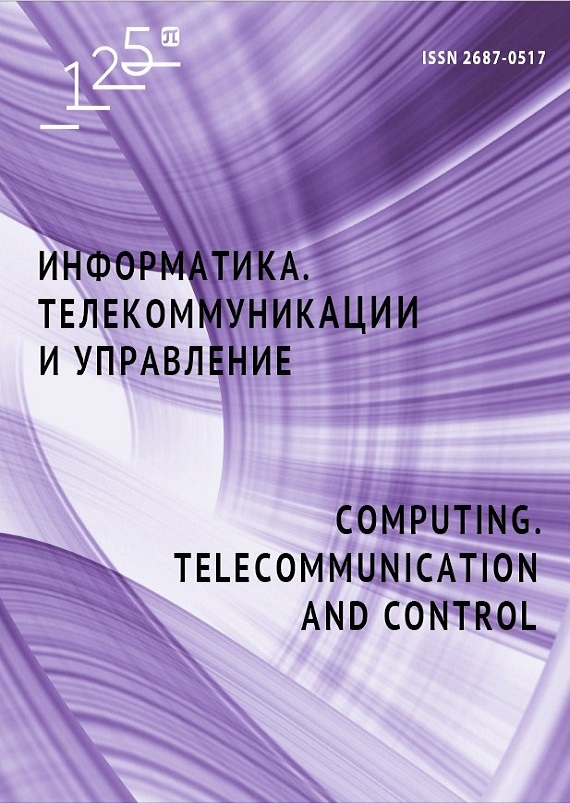Integrating results from observation by sensors of various physical fields with automatic guidance of unmanned aerial vehicles taking into account Arctic geomagnetic features of receiving signals
Applying the theory of nonlinear filtration of conditioned Markov processes, we have synthesized a quasilinear algorithm for automatically directing an unmanned aerial vehicle, used to combine the results of observations in various physical fields and wavelength ranges for own and reflected radiation is determined. It is shown that the optimal way of combining the observation results in integrated automatic tracking systems is forming a single control signal by rotating the combined optical axis following the object, as a result of weight summation of the discrepancy signals produced by each of the observation systems, using the probabilities of object detection as weight coefficients. Based on the algorithm obtained, we have established potential possibilities for the accuracy of guidance of automatic sensors integrated by the system in the Gaussian approximation. A synergetic effect has been discovered, namely, thatit is possible to track a poorly visible or intentionally disguised object by joint observation with several sensors with low quality indicators.


